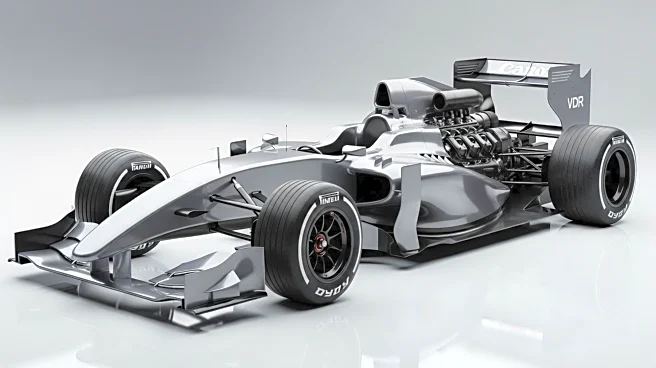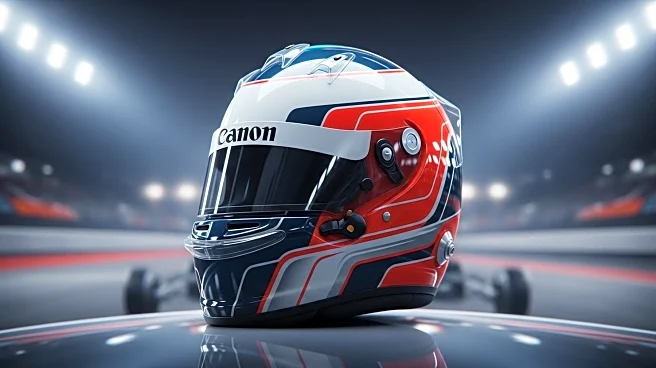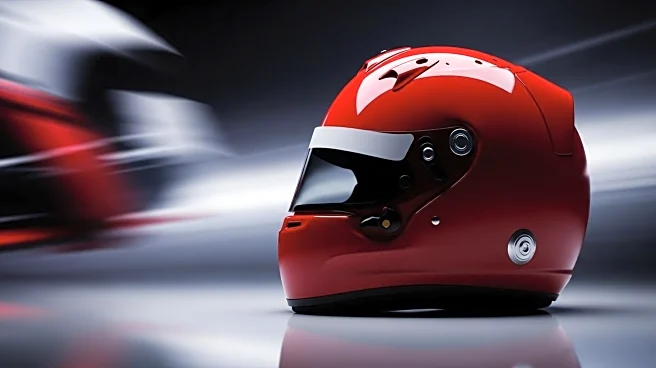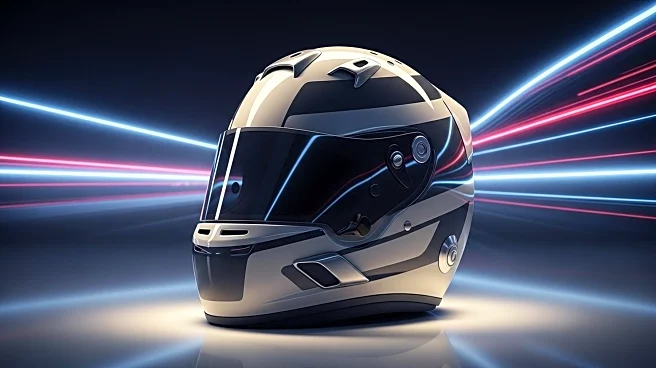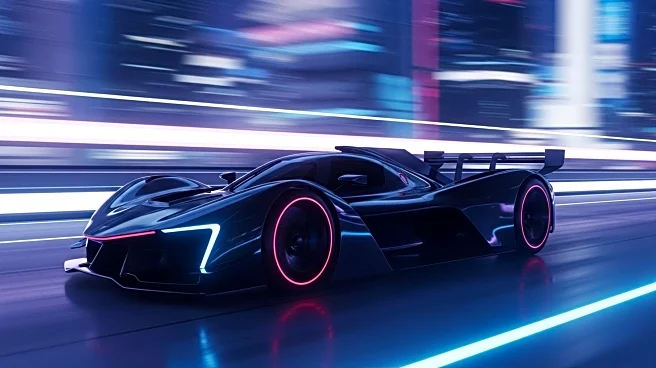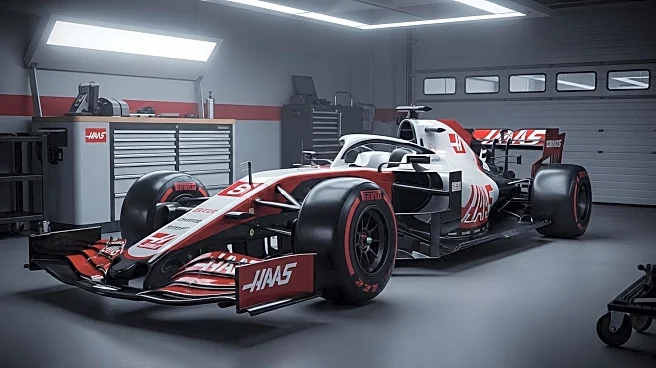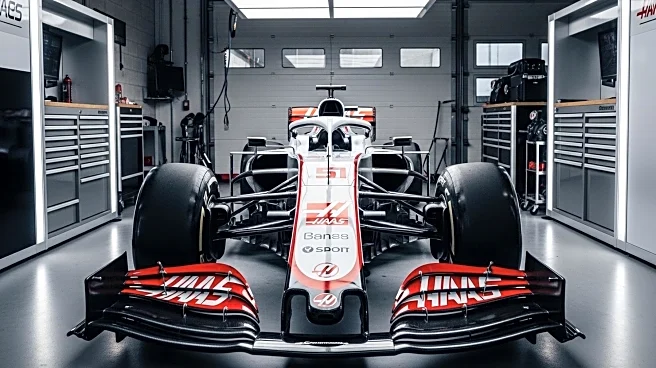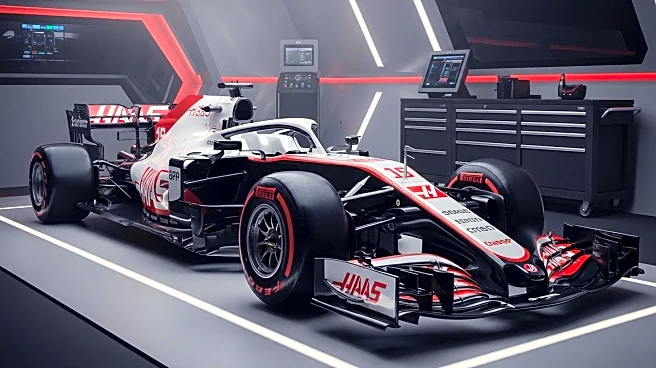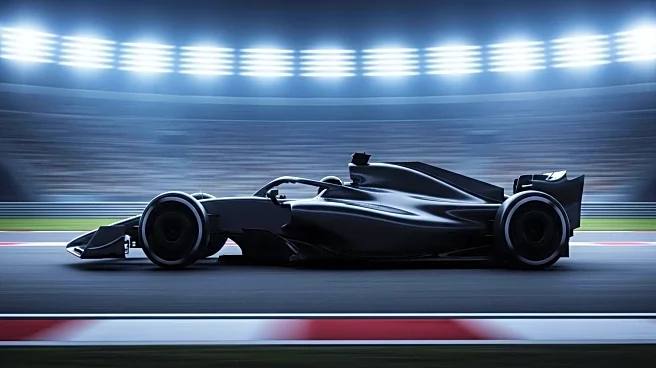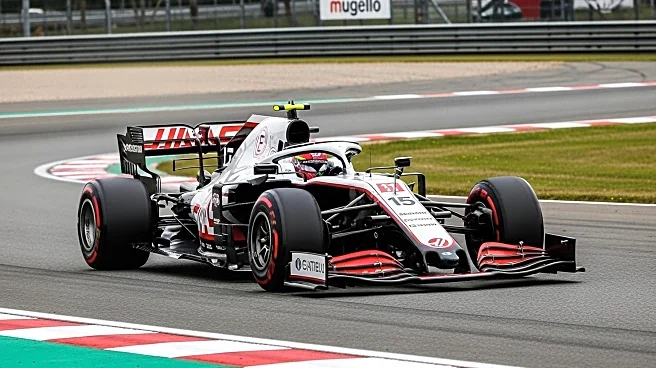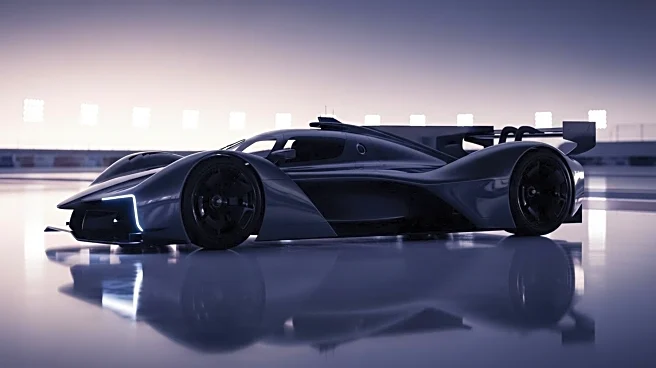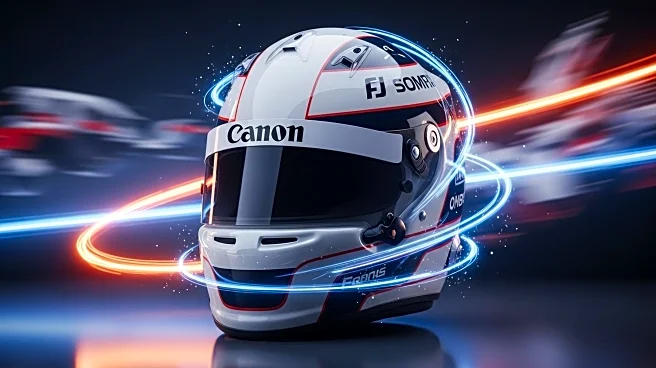What is the story about?
What's Happening?
Ferrari Formula 1 driver Charles Leclerc has voiced his opposition to the potential introduction of reverse grid formats in Formula 1 race weekends. The sport is considering this change to attract a younger audience, alongside an increase in sprint races from 2027. Leclerc, however, believes the current number of sprint races is sufficient and is not in favor of reverse grids on regular race weekends. He suggests that if reverse grids are to be tested, they should be limited to sprint races. Additionally, Leclerc expressed a desire for the return of V8 or V10 engines, citing nostalgia and the distinctive sound that initially drew him to the sport. Despite his preferences, Formula 1 has announced that V8 engines will not be reintroduced before 2031.
Why It's Important?
Leclerc's comments highlight a significant debate within Formula 1 regarding the balance between tradition and innovation. The introduction of reverse grids could fundamentally alter race strategies and the competitive landscape, potentially benefiting teams with less competitive cars. However, it may also alienate purists who value the sport's traditional format. The discussion around engine types touches on environmental and technological advancements versus the nostalgic appeal of older engines. The decisions made could impact the sport's fan base, its environmental footprint, and its alignment with modern technological trends.
What's Next?
Formula 1 will continue to evaluate the potential introduction of reverse grids and the expansion of sprint races. Stakeholders, including teams, drivers, and fans, are likely to engage in discussions and debates over these proposed changes. The sport's governing bodies will need to consider the feedback from these groups before making any final decisions. Additionally, the timeline for reintroducing V8 engines will be monitored, with potential technological and regulatory developments influencing future decisions.
AI Generated Content
Do you find this article useful?
